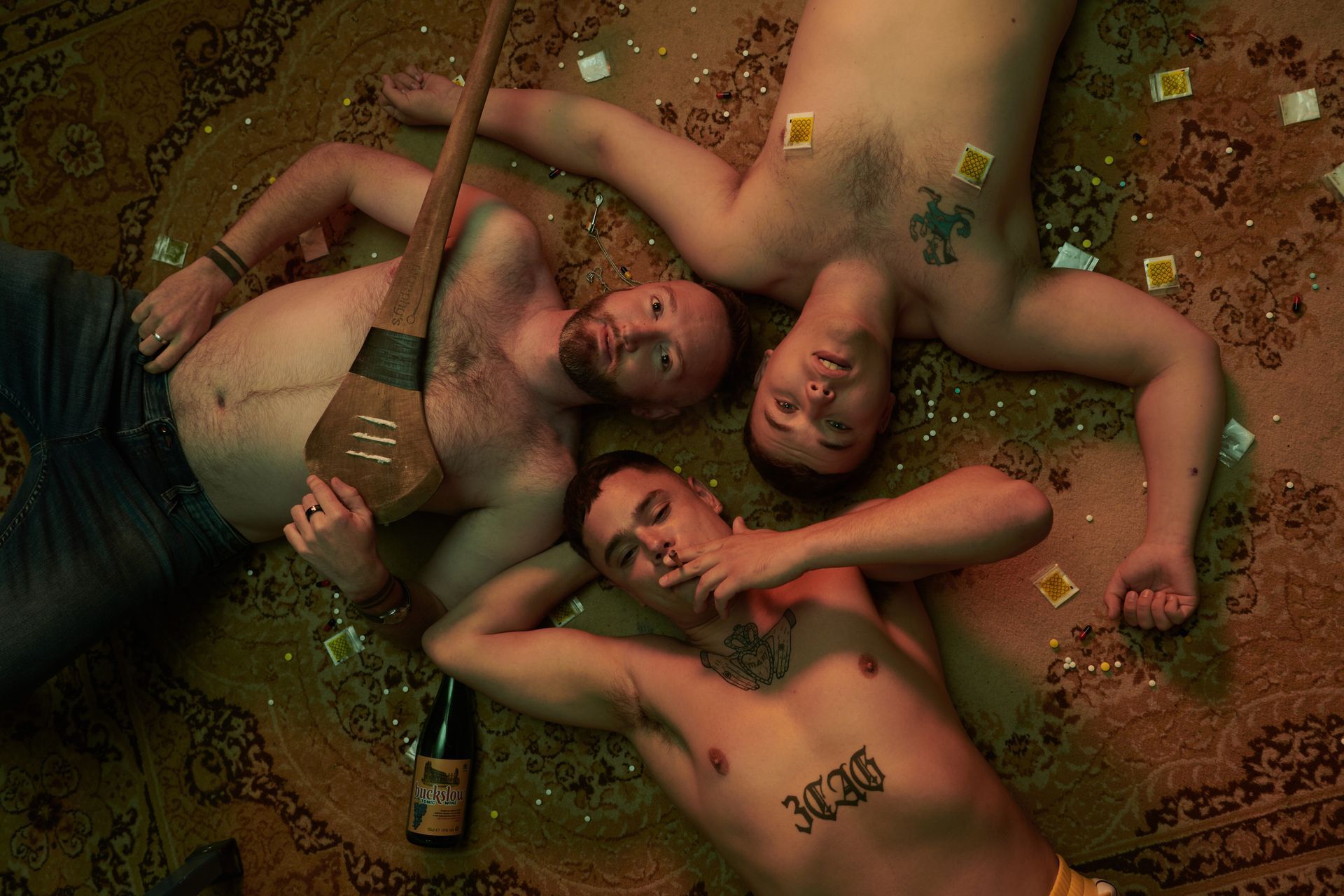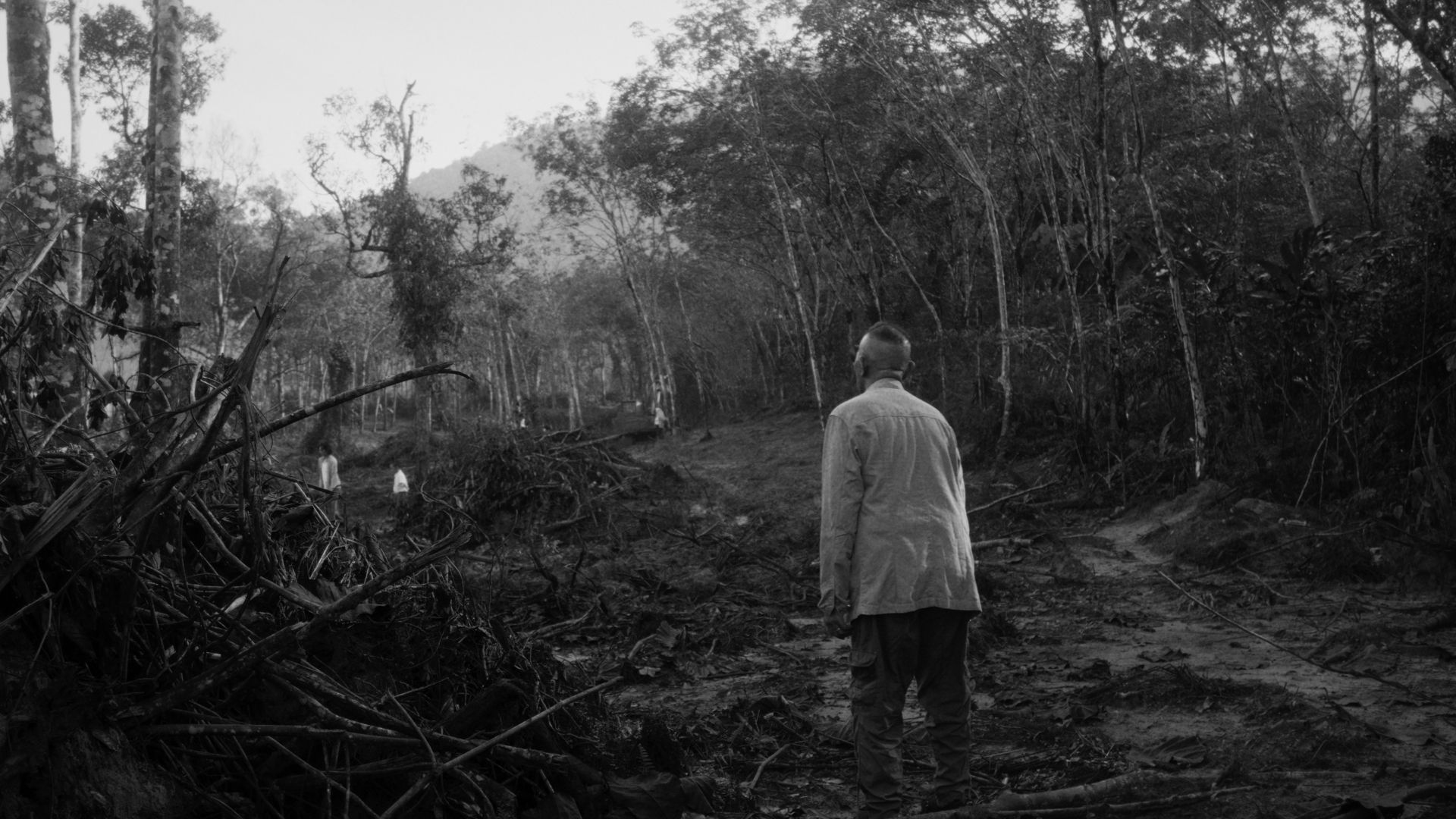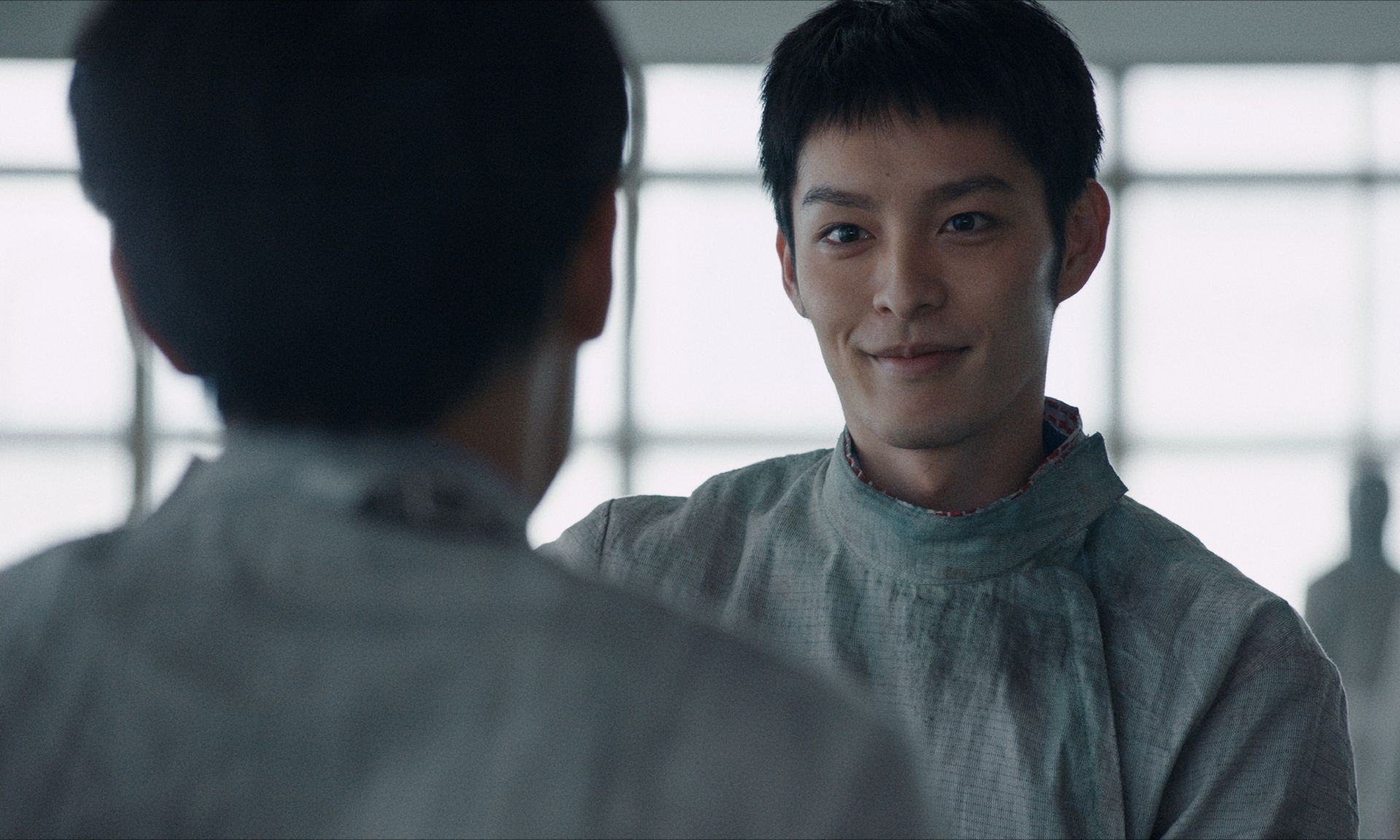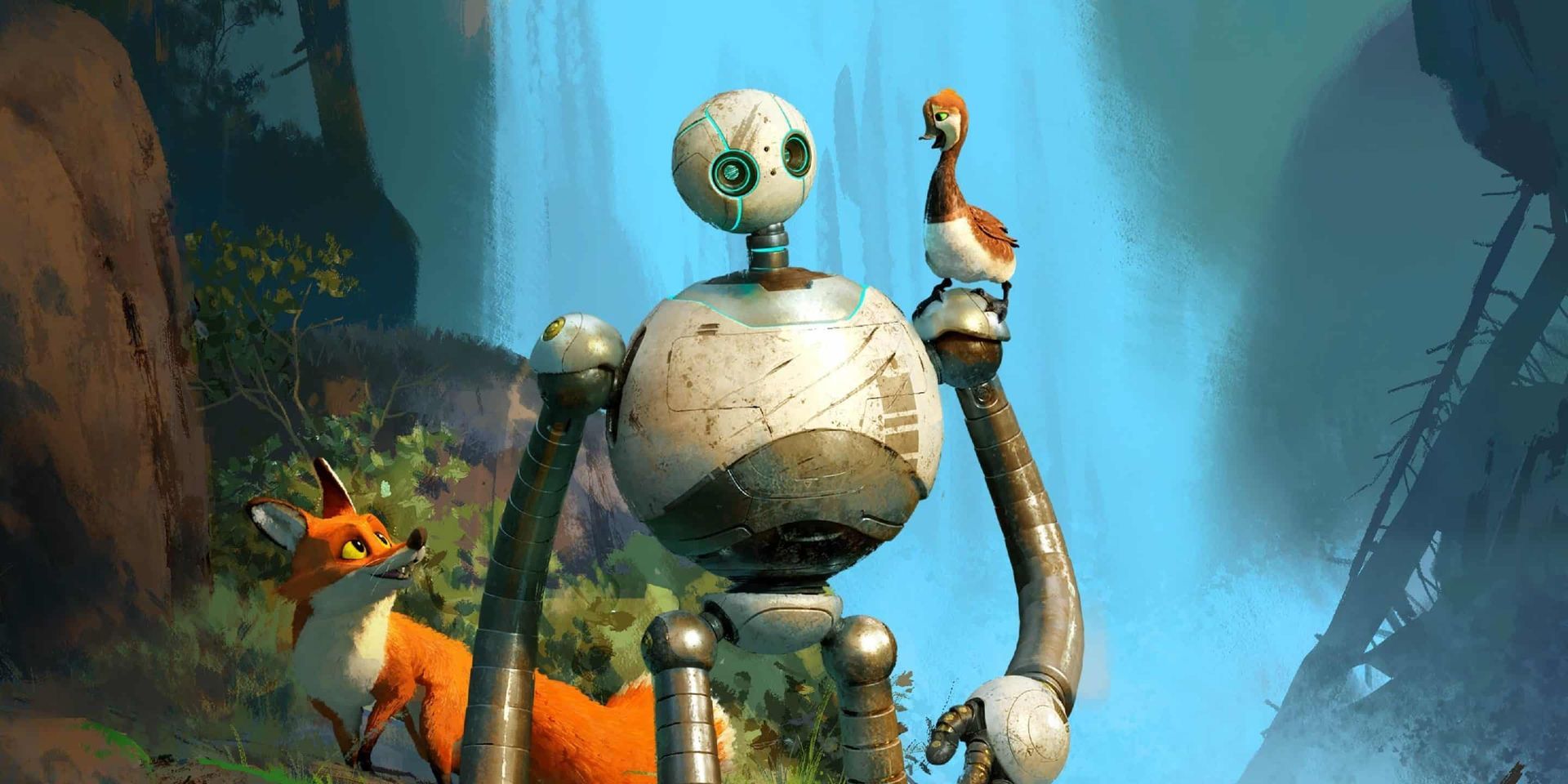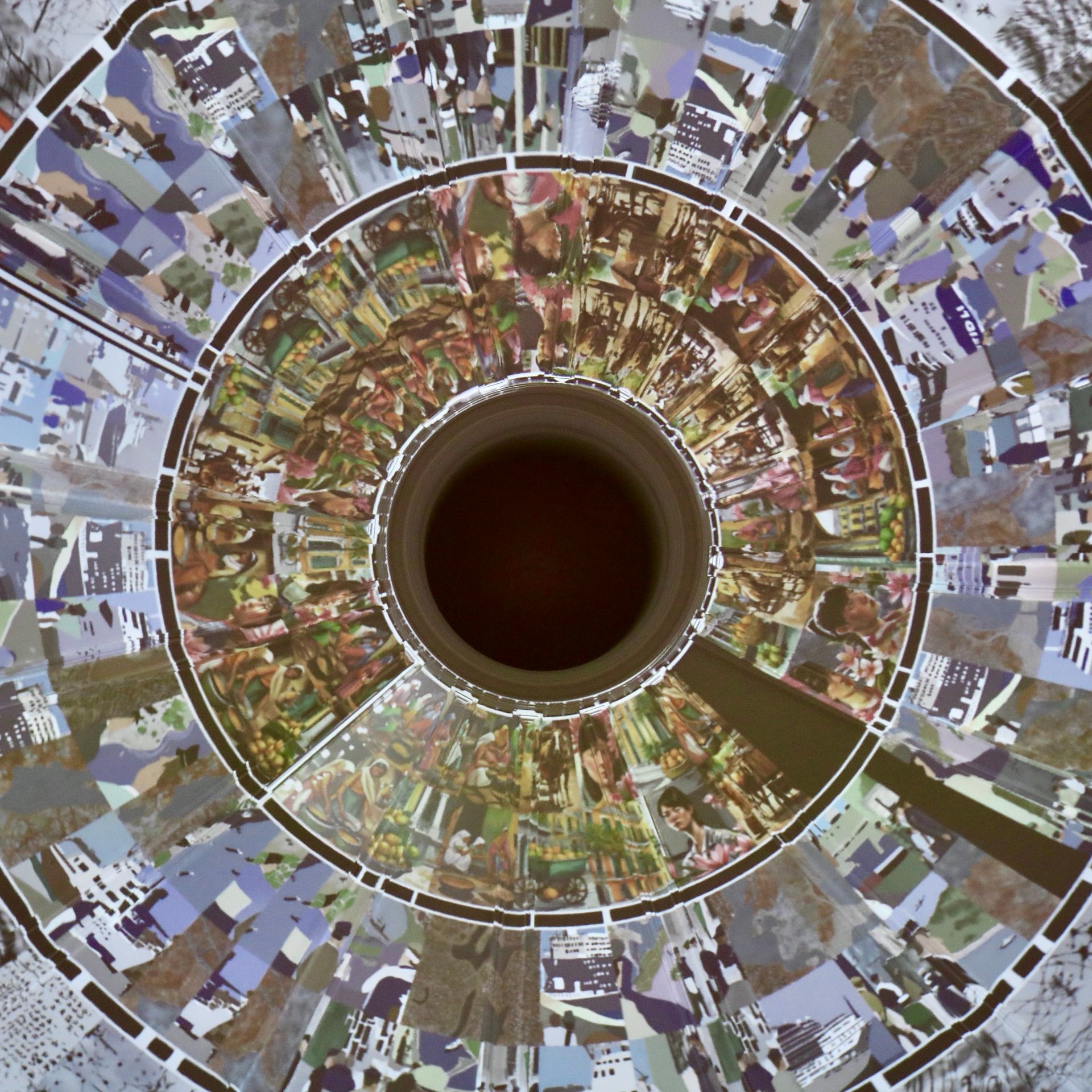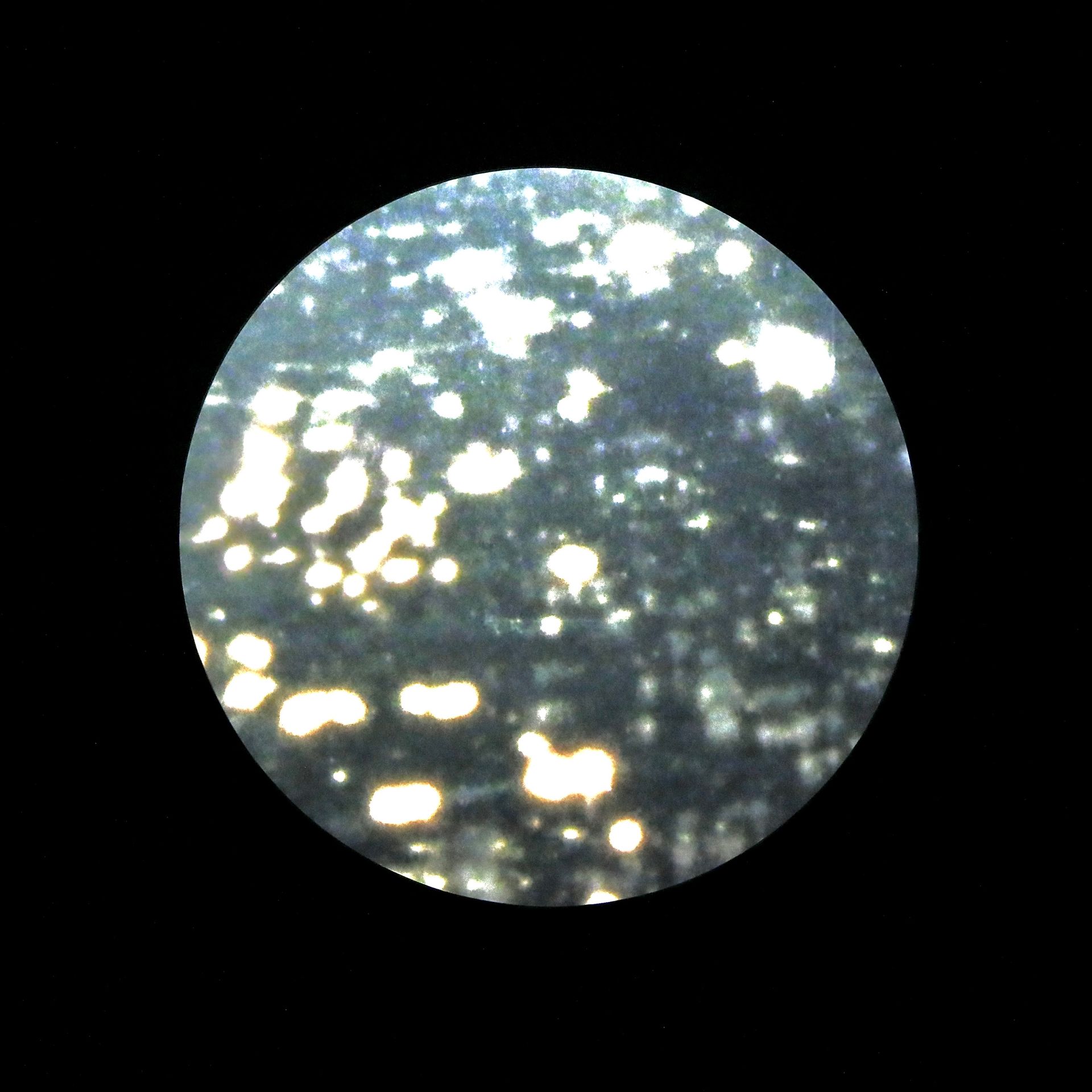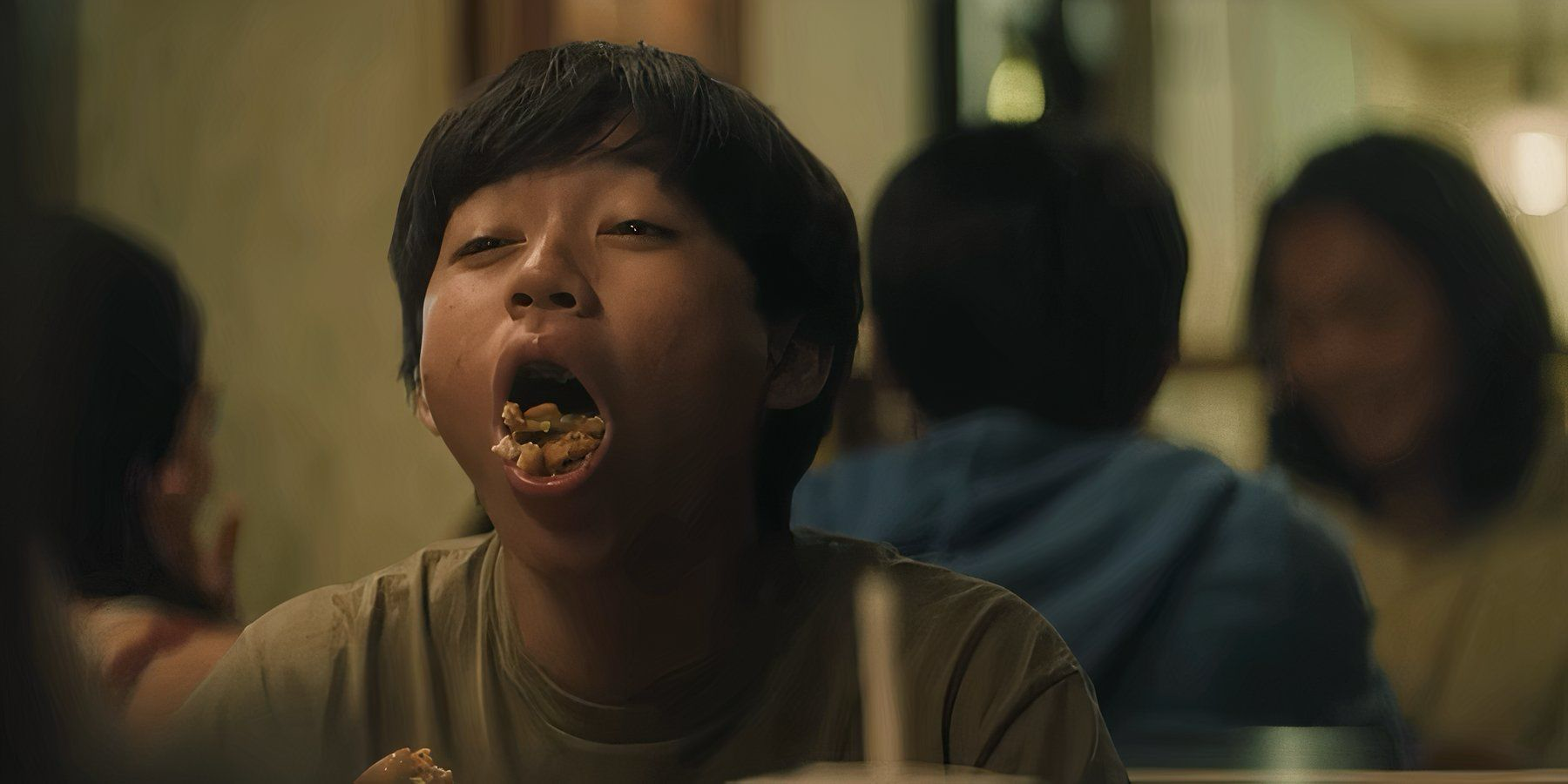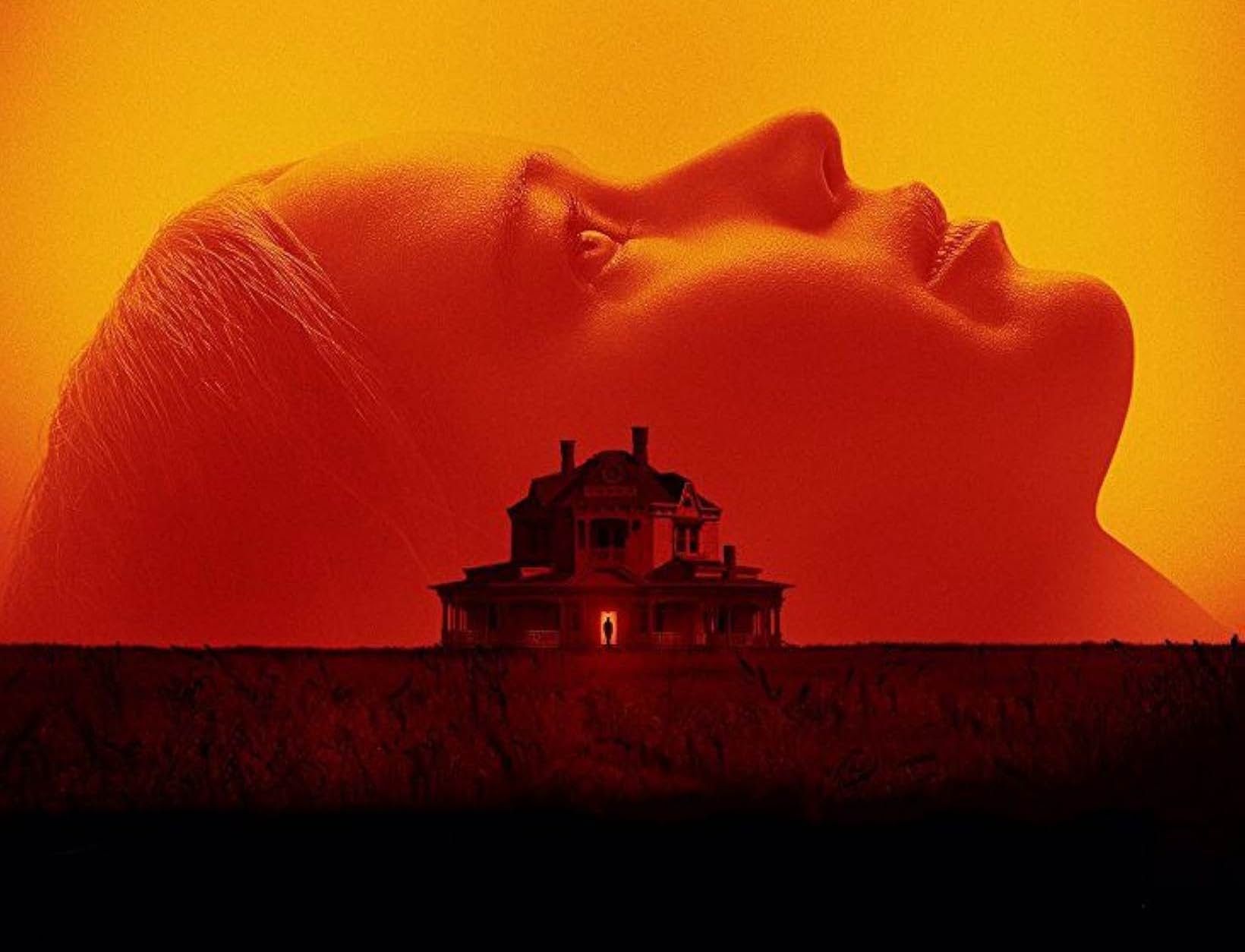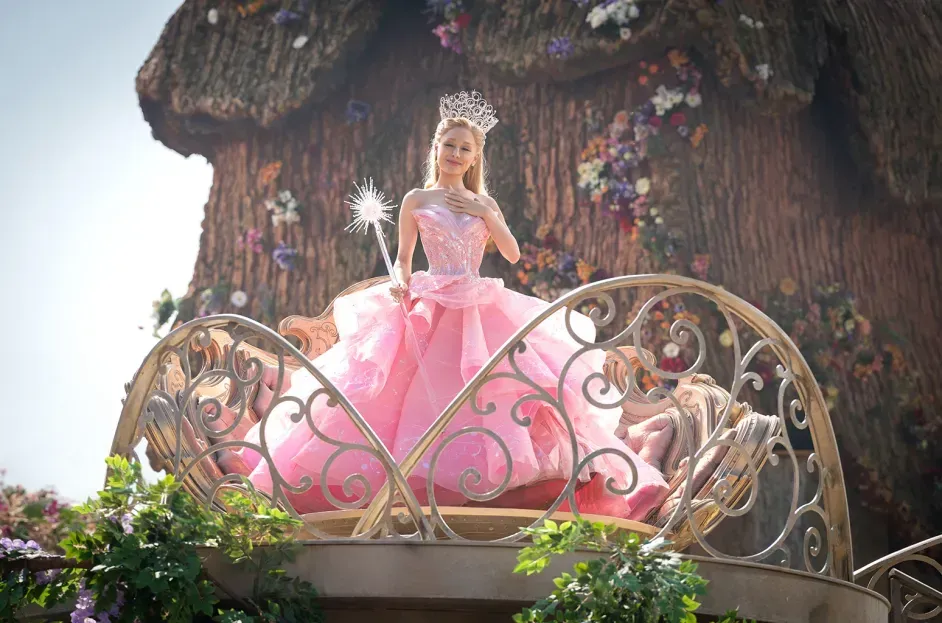Film Review #124: BLACK DOG
Black Dog
Black Dog was not what I expected. I had imagined it might go down the road of a stripped back Man and His Dog movie, something along the lines of Kelly Reichardt’s Wendy and Lucy. However, Guan Hu’s film, with its wide open landscapes, and taciturn lone (bike) rider, evokes grander Western genre tropes with art-house sensibilities, crafting a film that is expansive, reflective, and visually arresting from first frame to last.
Eddie Peng’s Er Lang returns to his hometown after a stint in jail for manslaughter. With the town teeming with stray dogs in the lead up to the 2008 Beijing Olympics, Er Lang joins a dog patrol capturing strays to make some money, befriending the titular nameless dog as they form a connection. As Er Lang and the dog slowly solidify their bond, Guan Hu with his fellow writers opt to do a surprising amount of dense world building. In this fading town overrun with stray dogs, we have the looming Olympics, an oncoming solar eclipse, impending demolition, a dilapidated zoo, a travelling circus, local gangs, and a man obsessed with locks holding the keys to every single one. While this abundance of plot elements might seem excessive, they collectively evoke a profound tone of wistfulness as Er Lang grapples with inevitable change.
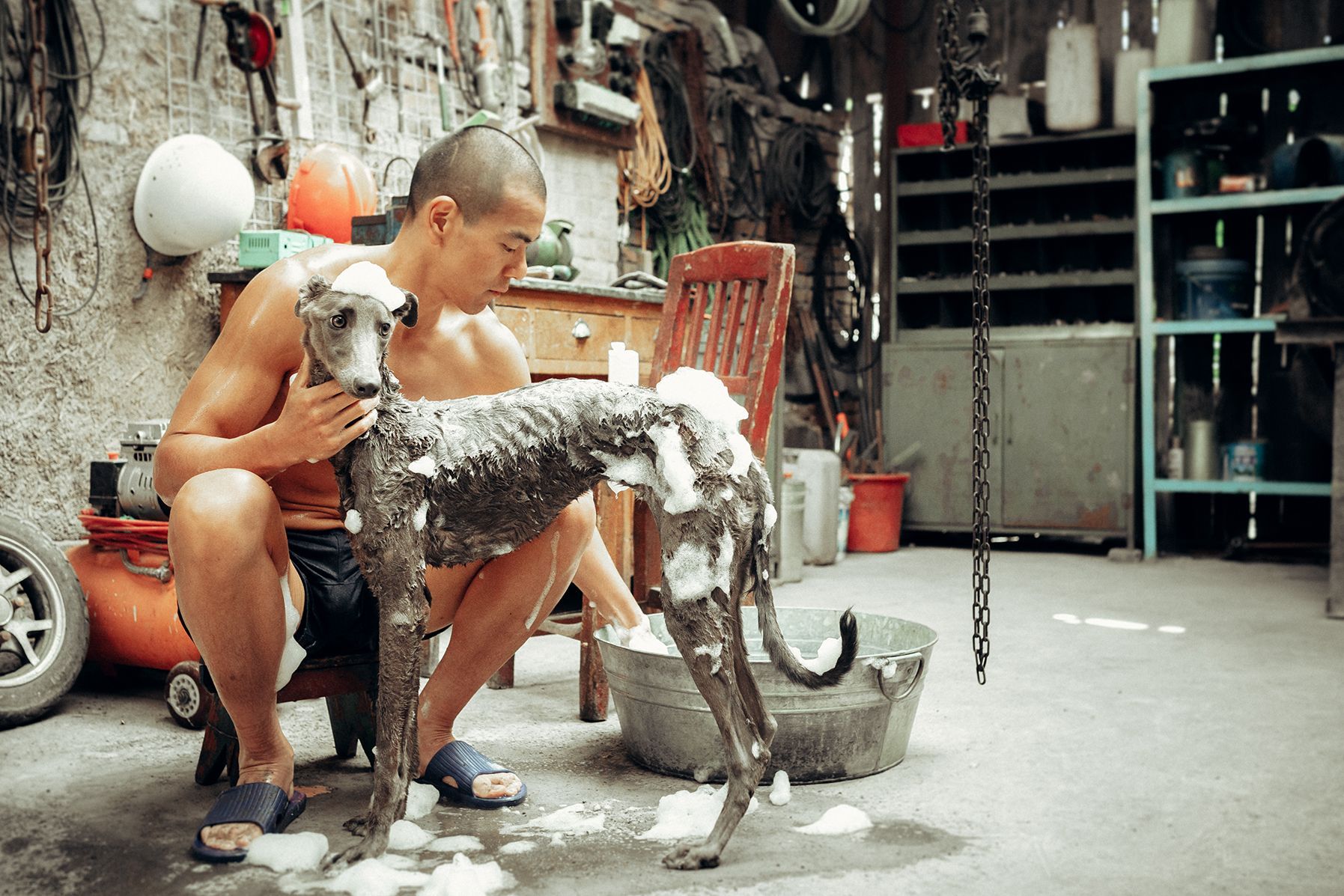
The town and its natural surroundings act as a way station for fleeting events, like a rest stop town that no longer needs to exist: the perfect environment for strays (man or dog) to thrive. Peng’s Er Lang is written to be a man of few words, and Peng carries the film capably across the film’s runtime. In entangling himself with the film’s various narrative threads, he navigates his familiar but strange environment searching for kinship and belonging. It feels inevitable that the kinship Er Lang gravitates to is in the form of an aggressive, possibly rabid, dog. Er Lang is a man that wishes to be alone, but not lonely, and the only companion that fits that bill is man’s best friend. There is an existential ennui that hangs over the film's proceedings, even with its darkly comic tone, where retracing your steps and figuring out your next one feels one and the same.
The film’s mood is immensely bolstered by its beautiful visuals, captured in a stark and measured manner. Natural vistas are characterised by inky blacks and cool greys with gorgeous landscapes in the Gobi Desert. Urban locations have a post-apocalyptic quality with its largely empty streets, as if the town has been hollowed out of most human life, aside from those travellers passing through it. Shot largely in wide or extra wide shots and with camera movement restricted to mostly simple, confident pans, there’s marvellous blocking on display across the film. The film announces itself boldly in its opening shot where a horde of dogs blitzes across an arid mountain landscape causing a bus to overturn in the far distance.

During an audience Q&A on the premiere night of 25 July at The Projector Cineleisure, director Guan Hu positioned the film as a return to independent filmmaking after a slate of popular blockbusters, and cinematographer Gao Weizhe’s desire to go back to a “simple and honest” style of filmmaking pays great dividends here. More than with camera movements and cuts, what drives the film’s visual grammar is the action within the frame, through performance and blocking.
The cast is rounded out by a solid supporting troupe, with an assortment of background actors and animals that give the town a strong lived-in feel. Also, watch out for an extended cameo from well-known Chinese Director Jia Zhangke. The film's constituent story elements might not hold up on their own, but like a ragtag army of dogs, they bark beautifully together, with the film nabbing the Un Certain Regard prize this year at the Cannes Film Festival.
Black Dog
is confident and assured with a strong back-to-basics quality that makes for a transporting and meditative trip to the cinema.
--------------
About the author: Ben co-hosts the film podcast Deep Cut, he also writes about film at The Kinetoscope.

